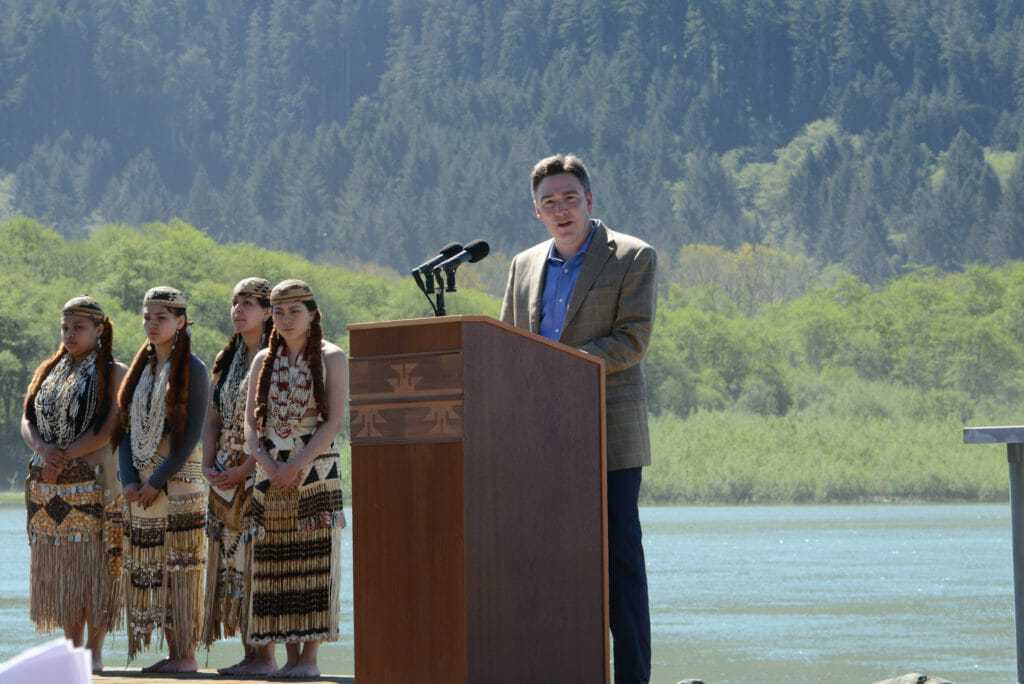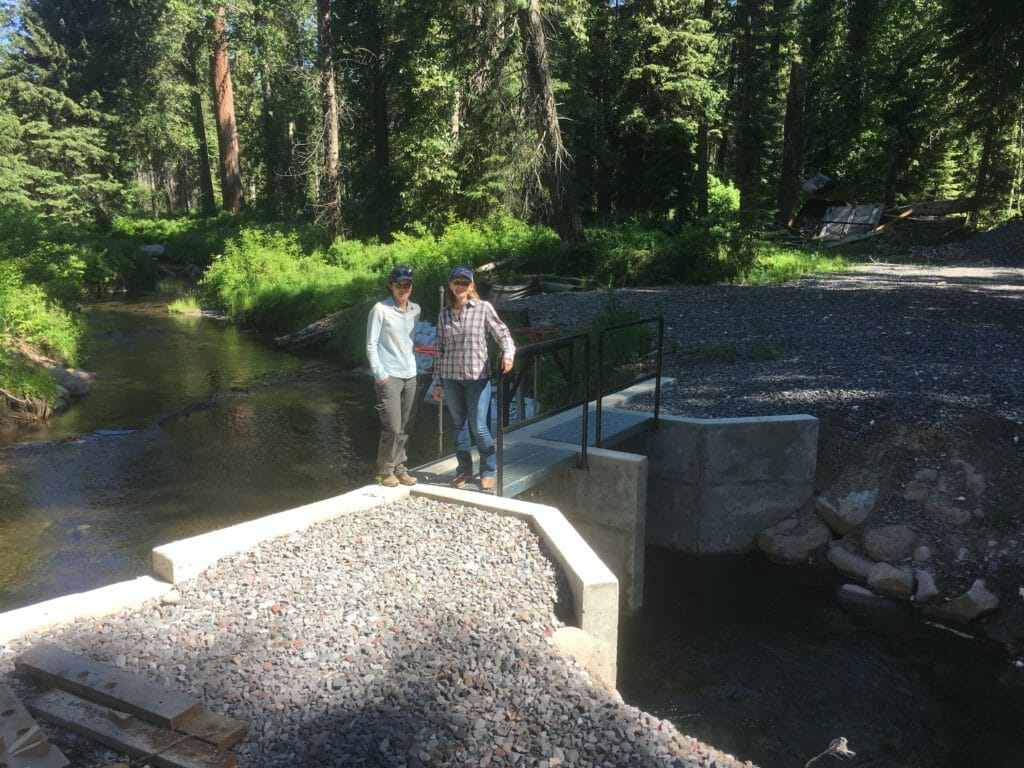The upper Klamath Basin.
Over the past year, TU’s long involvement in the campaign to restore the Klamath River and its salmon and steelhead runs paid dividends as this three-pronged effort passed several major milestones. TU’s staff and grassroots in both California and Oregon have played integral roles in this progress.
Most recently, the Klamath River Renewal Corporation (KRRC) filed a formal supplement to its Definite Plan for taking over the hydropower operating license for the Lower Klamath Project (four dams and associated infrastructure) from the utility PacifiCorp and for decommissioning and removing these dams.
These filings are required under the Federal Energy Regulatory Commission’s (FERC) relicensing process for hydropower projects. Removing the dams will restore fish passage to more than 400 miles of good spawning and rearing habitat in the upper Klamath Basin.

TU staff and grassroots in both California and Oregon stepped up to submit letters of support for the KRRC’s most recent filing. Thirty-three sportsmen’s groups and businesses co-signed the letter from TU’s California troops.
Brian Johnson, the director of TU’s California programs, sits on the board of directors of the KRRC and helped develop and refine the filings for the Definite Plan and its supplement. The supplemental filing largely focuses on further articulating the KRRC’s treatment of environmental impacts, insurance coverage, and cost management and funding issues.
Previously, the KRRC had marked major progress in the process of taking out the four dams when it announced the signing of a contract with international construction firm Kiewit Corp. to complete the design and construction phases of dam removal.
Other significant milestones in the process during the past year include the State of Oregon completing its water quality certification for the proposed project under sec. 401 of the Clean Water Act, affirming that removal of JC Boyle Dam would meet Oregon water quality requirements, and the State of California initiating its own review for water quality certification (supported by formal comments from TU).
More broadly, Johnson’s position on the KRRC board of directors for the KRRC and Oregon Director Chrysten Lambert’s position as chair of the Klamath River Compact Commission helped advance two of our three strategic actions in the Klamath watershed.

These actions include negotiating the terms and securing requisite permits and approvals for removing the four dams, and developing a comprehensive water sharing and management solution for the basin that provides relief equally to communities, cultures, fish populations and business interests.
Meanwhile, TU’s Upper Klamath Basin Restoration team continued to earn significant grant awards and to initiate and complete high priority restoration projects above Klamath Lake that boost dry season streamflows, enhance water quality by reducing transport of agricultural runoff, and improve fish passage and habitat conditions in streams identified for such treatments in federal species recovery plans for native bull trout and other fishes.
TU’s award-winning filmmaker, Josh Duplechian, is in the final production stage of two short videos to document some of TU’s upper Klamath basin restoration projects and project partners. Stay tuned for their official launch.
And TU is helping to improve coordination of messaging, news reporting and opinion page content on Klamath River restoration and dam removal. This work resulted in an opinion editorial authored by Johnson and Lambert published in the Siskiyou Daily News last fall, and an extensive interview with Johnson and Lambert published in the respected national news forum, News Deeply, which articulates TU’s vision of success for the Klamath River and the communities, tribes, fish species, and business interests that depend on it.
Historically, the Klamath River has been the third most productive river system for salmon and steelhead on the West Coast. TU remains fully dedicated to restoring this river, and its legendary coldwater fisheries, for the benefit of both people and the ecology of this scenic, uniquely-biodiverse region.



